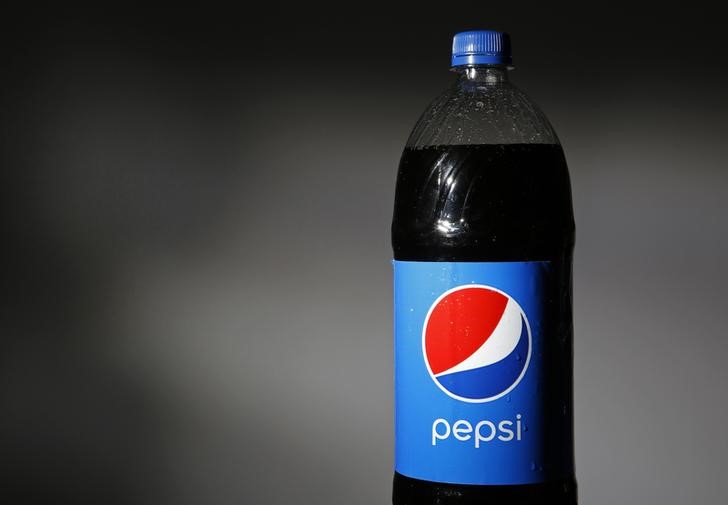On Thursday, HSBC updated its outlook on Pepsico (NASDAQ: NASDAQ:PEP), slightly increasing the price target to $186 from $185, while maintaining the stock's Hold rating. The adjustment reflects the anticipated impact of the company's share buybacks.
The analyst from HSBC highlighted the reasons for the steady rating, pointing to Pepsico's well-rounded portfolio, its global presence, and potential for growth in international markets as positive factors. These elements contribute to the approximately 9% upside seen in the stock, supporting the decision to retain the Hold status.
The report also noted potential challenges that could influence Pepsico's growth trajectory. The slower pace of digital transformation at Pepsico was mentioned as a possible drag on the company's long-term expansion. Furthermore, the analyst indicated that emerging risks from a decelerating global macroeconomic environment, along with health concerns related to the food and beverage industry, could impact the company's performance.
Pepsico's stock price target increase is modest and is primarily attributed to the company's strategy of repurchasing shares. Share buybacks can often lead to an increase in a stock's value, as they reduce the number of shares available in the market, potentially making each remaining share more valuable.
The HSBC report provides an updated perspective on Pepsico's financial outlook, considering both the strengths that could drive its shares higher and the potential risks that investors should be aware of. The new price target suggests a slight enhancement in Pepsico's valuation according to HSBC's analysis.
In other recent news, PepsiCo's earnings and revenue results have been a focal point, with the company lowering its organic sales growth (OSG) outlook for 2024 to a low single-digit percentage from the previously estimated 4%. Despite this, JPMorgan maintained a Neutral stance on PepsiCo, adjusting its price target from $185.00 to $183.00. Wells Fargo also reiterated an Equal Weight rating on PepsiCo, with a price target of $170.00, expressing concerns over potential challenges through 2025.
PepsiCo's management plans to leverage margins in Pepsi Beverages North America (PBNA) and International segments to counterbalance profit headwinds in Frito-Lay North America (FLNA). This strategy comes amidst a slowdown in international growth due to geopolitical tensions and economic softness in regions like the Middle East, China, and Mexico.
Analysts from Wells Fargo estimate a 1.7% increase in organic sales for 2024, with a projected EPS of $8.15. For 2025, the firm projects a 3.2% increase in organic sales and a 6.8% year-over-year increase in EPS to $8.71.
In response to market challenges, PepsiCo has outlined growth strategies focusing on core products, promotional strategies, and digitalization to improve efficiency.
InvestingPro Insights
To complement HSBC's analysis, InvestingPro data offers additional insights into PepsiCo's financial health and market position. The company's market capitalization stands at $236.72 billion, reflecting its significant presence in the beverage industry. PepsiCo's P/E ratio of 25.15 suggests that investors are willing to pay a premium for its shares, which aligns with HSBC's Hold rating and the modest price target increase.
InvestingPro Tips highlight PepsiCo's strong dividend history, having raised its dividend for 51 consecutive years. This consistent dividend growth, coupled with a current dividend yield of 3.14%, underscores the company's commitment to shareholder returns, which may be attractive to income-focused investors.
Another InvestingPro Tip notes PepsiCo's impressive gross profit margins, which is supported by the data showing a gross profit margin of 54.88% for the last twelve months. This robust profitability could provide a buffer against the potential challenges mentioned in HSBC's report, such as slower digital transformation and macroeconomic risks.
For investors seeking a more comprehensive analysis, InvestingPro offers 12 additional tips on PepsiCo, providing a deeper understanding of the company's financial position and market dynamics.
This article was generated with the support of AI and reviewed by an editor. For more information see our T&C.
